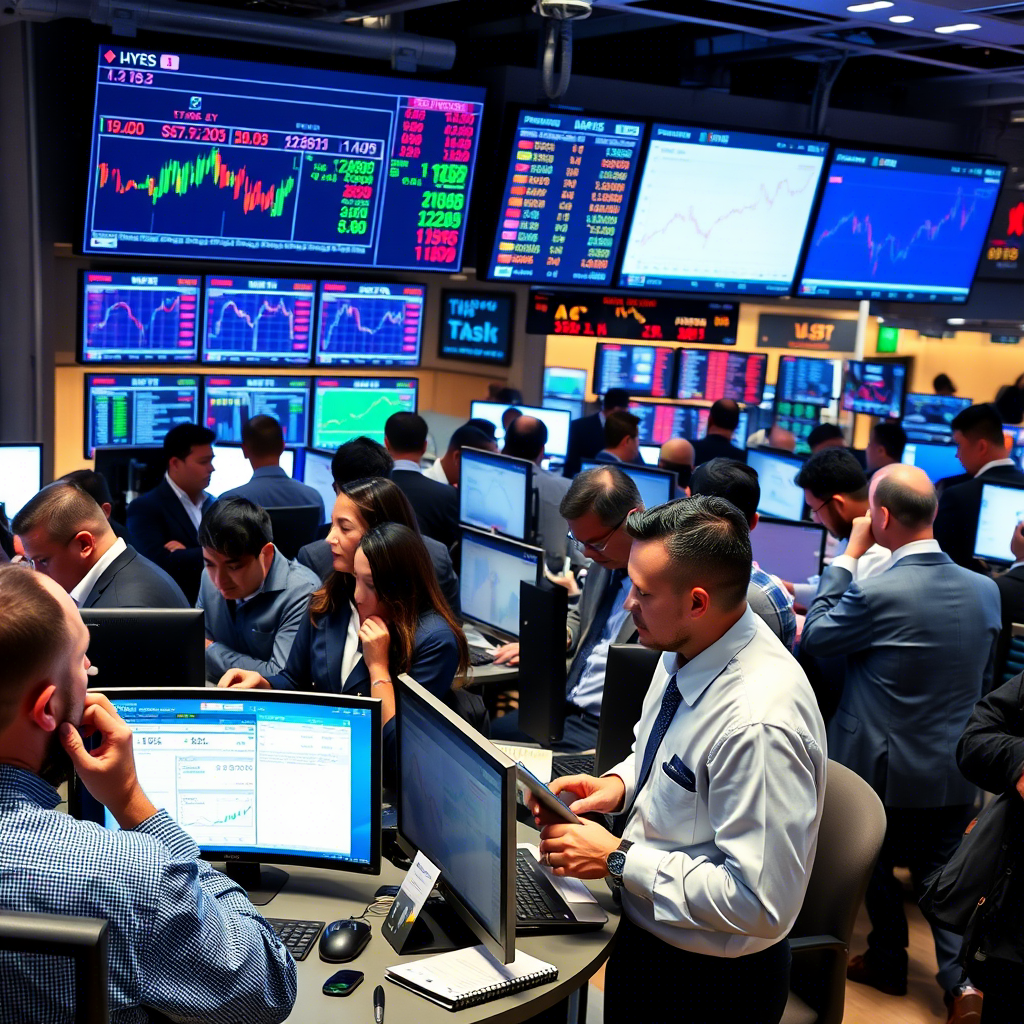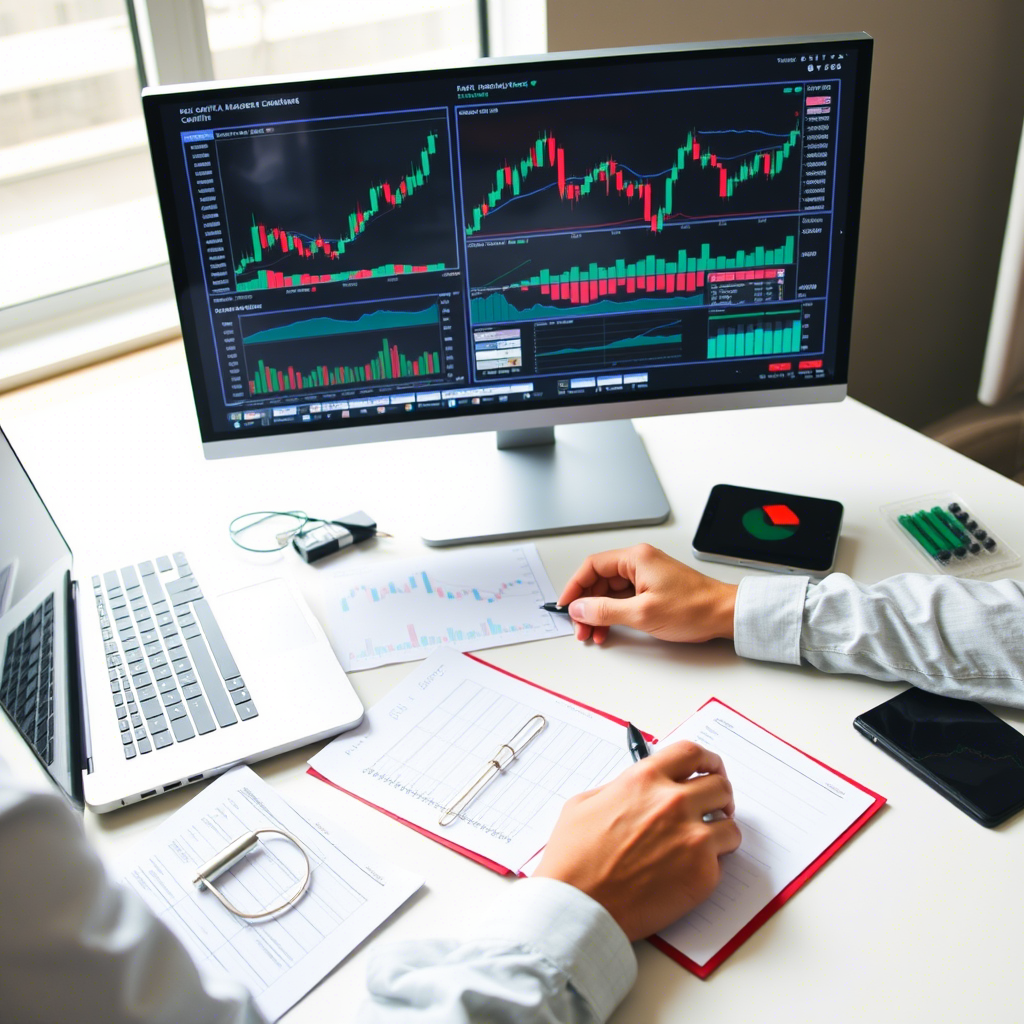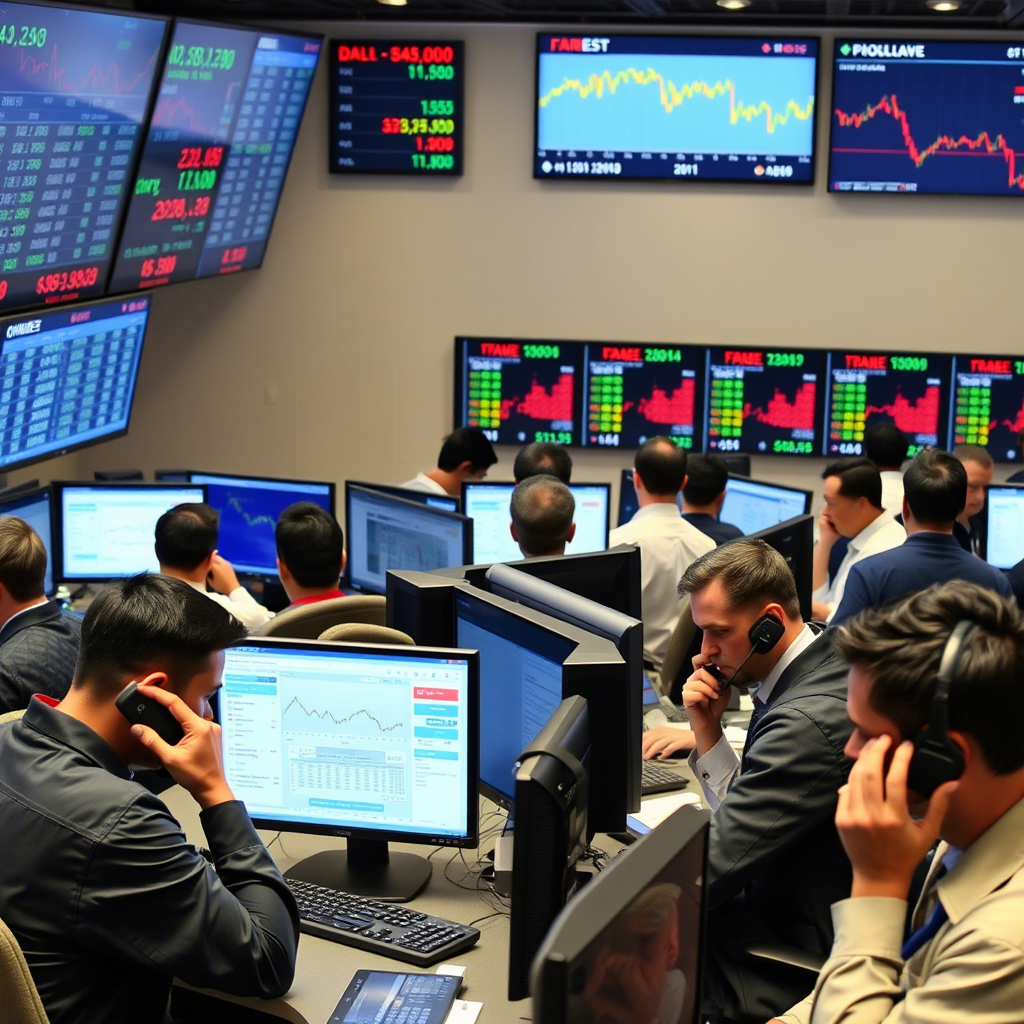Supply and Volatility in Forex Trading: Unlocking Profitable Opportunities

Understanding Supply in Forex Trading
Supply in forex refers to the amount of a currency available in the market at any given time. When supply is high, a currency’s value tends to decrease; when it’s low, the value often rises. Several factors influence currency supply:
-
Central Bank Policies: Actions like quantitative easing increase a currency’s supply by injecting more money into the economy, often weakening the currency.
-
Government Interventions: Selling foreign reserves or issuing bonds can flood the market with a currency.
-
Trader Behavior: Large-scale selling by institutions or retail traders boosts supply, pushing prices down.
For example, if the Bank of Japan increases its money supply to stimulate growth, the yen’s supply rises, potentially depreciating its value against currencies like the US dollar.
What Is Volatility in Forex?
Volatility measures the degree of price fluctuations in a currency pair over a specific period. High volatility means rapid, significant price swings, while low volatility indicates smaller, steadier movements. Volatility is influenced by:
-
Economic data releases (e.g., GDP, employment reports).
-
Central bank announcements (e.g., interest rate changes).
-
Geopolitical events (e.g., elections, trade disputes).
-
Market sentiment and speculative trading.
In forex, volatility creates both opportunities and risks. Traders can capitalize on large price moves but must manage the potential for sudden losses.
The Connection Between Supply and Volatility
Supply and volatility are closely linked, as changes in a currency’s supply often trigger price fluctuations. Here’s how they interact:
1. Supply Shocks and Volatility Spikes
Sudden changes in supply, such as a central bank’s unexpected intervention, can cause sharp price movements. For instance:
-
If the European Central Bank (ECB) unexpectedly increases the euro’s supply, the euro may drop rapidly, spiking volatility in pairs like EUR/USD.
-
Conversely, reducing supply (e.g., tightening monetary policy) can strengthen a currency, leading to volatile upward moves.
2. Market Sentiment and Supply Dynamics
High volatility often amplifies supply-driven price changes. During periods of uncertainty (e.g., geopolitical tensions), traders may flood the market with a currency (increasing supply) or rush to buy safe-haven currencies (reducing supply), intensifying price swings.
3. Liquidity and Volatility
Currencies with low supply (e.g., exotic pairs like USD/TRY) tend to have lower liquidity, leading to higher volatility. Major pairs like EUR/USD, with abundant supply and liquidity, typically experience more stable price movements.
Understanding this relationship helps traders anticipate when and why volatility might surge, enabling better trade timing.
Why Supply and Volatility Matter to Forex Traders
Mastering supply and volatility is essential for forex success because they:
-
Signal Trading Opportunities: Volatile periods driven by supply changes often create breakout or trend-following setups.
-
Guide Risk Management: High volatility requires tighter stop-losses to protect against wild swings.
-
Inform Strategy Choice: Scalpers thrive in volatile markets, while long-term traders may prefer stable, supply-driven trends.
-
Reveal Market Dynamics: Supply shifts often align with fundamental events, helping traders align technical and fundamental analysis.
By analyzing these factors, traders can navigate the forex market with greater confidence.
Factors Driving Supply and Volatility
Several external forces influence supply and volatility, creating opportunities for traders.
1. Economic Data Releases
High-impact data like non-farm payrolls, inflation reports, or GDP figures can shift supply and spark volatility:
-
Strong data may reduce a currency’s supply (as central banks tighten policy), boosting its value and volatility.
-
Weak data can increase supply (e.g., through stimulus), leading to depreciation and price swings.
2. Central Bank Policies
Central banks are major players in supply and volatility:
-
Interest Rate Changes: Rate hikes reduce supply and increase demand, often causing volatile bullish moves.
-
Quantitative Easing: Expanding money supply weakens a currency and heightens volatility.
-
Interventions: Direct buying or selling of a currency can trigger sharp price spikes.
3. Geopolitical Events
Political developments disrupt supply and volatility:
-
Trade Wars: Tariffs or sanctions can reduce demand for a currency, increasing its supply and volatility.
-
Elections: Uncertainty may lead traders to sell a currency, flooding the market and causing price swings.
-
Safe-Haven Flows: During crises, demand for currencies like USD or CHF spikes, reducing their supply and driving volatility.
4. Market Speculation
Large institutions or hedge funds can influence supply by executing massive trades, amplifying volatility. For example, speculative selling of the British pound during Brexit negotiations increased its supply and volatility.
Trading Strategies for Supply and Volatility
Traders can leverage supply and volatility to develop effective strategies. Here are three approaches:
1. News Trading
What It Is: Capitalizing on volatility spikes caused by economic or central bank announcements that shift supply.
How It Works:
-
Monitor an economic calendar for events like Federal Reserve rate decisions.
-
Identify supply changes (e.g., tighter policy reducing USD supply).
-
Enter trades post-news, using tight stop-losses to manage volatility.
Best For: Day traders comfortable with fast-paced markets.
2. Breakout Trading
What It Is: Trading price breakouts from supply or demand zones during volatile periods.
How It Works:
-
Mark supply zones (resistance) and demand zones (support) on charts.
-
Wait for high-volatility events (e.g., ECB policy announcements) that could alter supply.
-
Enter trades when prices break through zones, confirmed by volume or candlestick patterns.
Best For: Traders who can monitor markets during major events.
3. Carry Trade in Low Volatility
What It Is: Profiting from interest rate differentials in stable, low-volatility markets with predictable supply.
How It Works:
-
Choose pairs with high interest rate gaps (e.g., AUD/JPY), where supply is stable.
-
Go long on the high-yield currency, holding positions for weeks or months.
-
Avoid volatile periods that could disrupt the trade.
Best For: Long-term traders seeking passive income.
Tips for Trading Supply and Volatility
Maximize your success with these practical tips:
-
Use an Economic Calendar: Track events like central bank meetings or GDP releases to anticipate supply shifts and volatility.
-
Monitor Volatility Indicators: Tools like the Average True Range (ATR) or Bollinger Bands help gauge market conditions.
-
Practice in a Demo Account: Test strategies during volatile periods without risking real money.
-
Set Wide Stop-Losses: High volatility requires larger buffers to avoid premature exits.
-
Stay Disciplined: Avoid chasing volatile moves without a clear plan, as emotions can lead to losses.
Common Mistakes to Avoid
Steer clear of these pitfalls when trading supply and volatility:
-
Ignoring Fundamentals: Supply shifts often tie to economic events; neglecting them can lead to misjudgments.
-
Overtrading in Volatility: Excessive trades during wild swings increase risk and costs.
-
Poor Risk Management: Failing to use stop-losses or risking too much per trade can wipe out accounts.
-
Misreading Supply Zones: Weak zones may fail during volatile periods, leading to false signals.
-
Trading Without Confirmation: Enter volatile markets only after clear technical or fundamental signals.
Tools to Enhance Your Trading
Leverage these tools to analyze supply and volatility:
-
Trading Platforms: MetaTrader 4/5 or cTrader for charting supply/demand zones.
-
Volatility Indicators: ATR, VIX, or Bollinger Bands to measure price swings.
-
Economic Calendars: Forex Factory or Investing.com for tracking supply-shifting events.
-
Trading Journals: Log trades to assess how supply and volatility impact your performance.
Conclusion
Supply and volatility are the pulse of the forex market, driving price movements and creating trading opportunities. By understanding how supply changes influence currency prices and how volatility amplifies these shifts, traders can develop strategies to profit in any market condition. Whether you’re scalping during news-driven volatility or holding carry trades in stable markets, aligning your approach with supply and volatility is key. Start with a demo account, stay informed with economic news, and practice disciplined risk management. With these principles in hand, you’re ready to conquer the forex market and unlock its potential.




